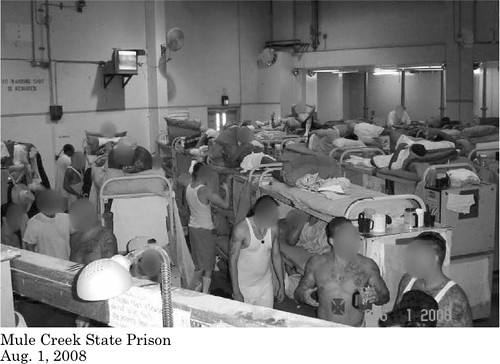 Brown moves state away from DC-centric reformers
Brown moves state away from DC-centric reformers
by Brian Leubitz
Not only is Jerry Brown standing up to Arne Duncan on testing, but he’s also something of a pioneer in tweaking the school funding formulas. Sure, our per pupil spending is still shockingly low, but with our recovery, we have a little more money to shift around. It’s how that shifting is going to work that has brought the state into the disagreement with so-called education reformers.
As I noted in a post last week, California and Washington have taken distinctly different approaches to achievement gaps that increasingly are most closely associated with economic inequality. Rather than focusing on firing “bad” teachers and closing schools, California has moved to direct more resources to low-income districts and increase local decision-making, with sanctions a last resort after support and technical assistance have failed. …
In March, the California Commission on Teacher Credentialing, headed by Brown’s appointee Linda Darling-Hammond, pushed back against the federal predilection to ensure teacher quality by de-emphasizing preparation standards in favor of a holy grail of downstream effectiveness measures. The Commission voted to ramp up pre-service training requirements for interns teaching English learners and in-service supervision requirements for all interns, particularly those teaching ELs. And Washington’s darlings, Teach for America and the charter school lobby, suffered a rare loss when the credentialing commission determined “innovation” can’t excuse putting teachers who know little or nothing about teaching English as a second language in front of English learners.(EdSource)
I had a few friends that went through the TeachForAmerica program, and I know it was an extremely beneficial experience for them. However, it is far from clear that the same can be said to be true for the students. Test results don’t really bear it out, and simple common sense should dictate that enthusiasm alone won’t replace the years of training that helps to make good teachers for our students.
Moreover, the Governor has been one of the bigger supporters of reforming our testing system, as shown through that recent fight with Sec. Duncan over testing and the new Common Core Curriculum. NCLB has been something of a disaster for our long term competitiveness. It made many of our students good test takers and really solid at learning how to jump through hoops. But “fill in the bubbles” testing gives us a very two-dimensional description of our students. Gov. Brown has been focused on testing that covers more ground and emphasizes the skills that the students need.
These tests are a little more difficult to develop, and in the best case scenario aren’t delivered as often. That, of course, doesn’t make the education reformers all that happy. But it is in the best interests of our students and our teachers. While some would argue that “America’s Greatest Eduation Governor 2013” is too close to CTA, it is clear that he is working with the teachers for the benefit of our students. We need to keep good teachers in the classroom, and encourage below average teachers to become better. The Governor is working with CTA to do that, a laudable goal from any perspective.
The whole EdSource article is worth a read, but if nothing else, this is a solid takeaway:
Is it too much to hope that Washington will begin taking notice and start moving toward the anti-poverty educational policies being pursued in the state where one in eight public school students attend school? Or perhaps the best we can hope for is that continued partisan gridlock in D.C. will continue to create opportunities for California to go its own way.(EdSource)
Not only should California be allowed to develop our own reforms, other states should work to emulate our programs where they prove to be successful. Gov. Brown deserves a lot of credit for his continued strong education record.
 Bill requires overtime pay for home care workers
Bill requires overtime pay for home care workers



